
Fireball over Jupiter outshines the Sun
The bright flash was caused by an impact the size of the Tunguska event
The spectacular collision of the comet Shoemaker-Levy 9 into Jupiter in 1994 was watched closely by observatories and space probes, and made headlines around the world. Since 2010, six impact flashes on Jupiter have been serendipitously observed, including by amateur astronomers. A simple brightness measurement allows for an estimate of the energy of such impacts, but far more accurate calculations can be made if they are recorded at several different wavelengths.
Ko Arimatsu, at the Astronomical Observatory, Kyoto University, and his colleagues have been using the Planetary ObservatioN Camera for Optical Transient Surveys (PONCOTS), dedicated to monitoring flashes on Jupiter. The system is made up of a 28cm Schmidt-Cassegrain telescope on a rooftop at the university, equipped with two CMOS cameras. This setup allows the astronomers to observe flashes on Jupiter at three different wavelengths simultaneously: the V visible band in the yellow and two near-infrared bands.
On 15 October 2021, Arimatsu and his team observed a particularly bright impact flash on Jupiter, occurring within the north tropical zone. The peak apparent brightness of the flash in the visible band was mag. 4.7, equivalent to an absolute magnitude of -29.0: roughly 300 times brighter than the Sun at Jupiter. And because their PONCOTS system can observe with a high frame rate across three wavelengths simultaneously, they were able to record this impact flash with unprecedented detail.
How big was the bang?
Denne historien er fra September 2022-utgaven av BBC Sky at Night Magazine.
Start din 7-dagers gratis prøveperiode på Magzter GOLD for å få tilgang til tusenvis av utvalgte premiumhistorier og 9000+ magasiner og aviser.
Allerede abonnent ? Logg på
Denne historien er fra September 2022-utgaven av BBC Sky at Night Magazine.
Start din 7-dagers gratis prøveperiode på Magzter GOLD for å få tilgang til tusenvis av utvalgte premiumhistorier og 9000+ magasiner og aviser.
Allerede abonnent? Logg på
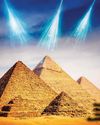
Putting cosmic rays to work
These penetrating interstellar particles have applications from astronomy to archaeology
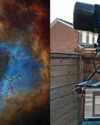
Set up your first imaging sequence
How to automate and coordinate your gear over multiple nights of imaging
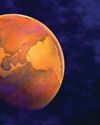
The Universe without gravity
Life with no gravity might sound a fun idea, but as Govert Schilling explains, shutting off this pivotalforce would spell disaster for Earth and beyond
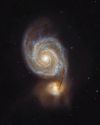
How to blend images taken with different camera setups
Combine data captured at varied focal lengths to create rich, deep images

INSIDE THE SKY AT NIGHT
Back in September 2021, The Sky at Night show spoke to Carly Howett about NASA's then upcoming Lucy mission. As the spacecraft now approaches its main targets - the Trojan asteroids - we check in with her to see how the mission is going

The science of SCI-FI
We love a good sci-fi film, but do they get the science right? Amy Arthur picks six of the big mistakes made in space films
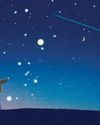
Seeing in a new light
It's National Astronomy Week this month, so take a tip from Mark Westmoquette and let mindful stargazing change your perspective on your life and problems
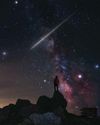
What to do if you find a meteorite
Ever come across an unusual rock and wondered if it's a meteorite? Mark McIntyre explains how to tell if that stone really is a fragment from outer space

GEAR
Charlotte Daniels rounds up the latest astronomical accessories
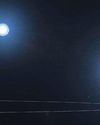
Q&A WITH A STELLAR ECLIPSE SPECIALIST
Many stars are gravitationally locked inside multi-star systems, but a rare new triple-star system has set a new record for how cosy these clusters can get